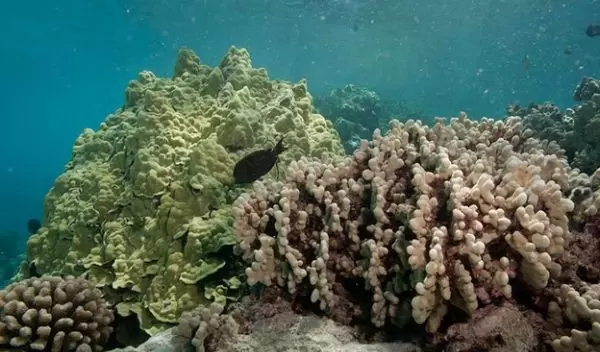
Genomic data 'catch corals in the act' of speciation and adaptation
A U.S. National Science Foundation-funded study led by University of Hawai‘i at Mānoa researchers has revealed that diversity in Hawaiian corals is likely driven by co-evolution among the coral host, its algal symbiont and the microbial community. The results are published in Nature Scientific Reports.
As coral reef ecosystems have rapidly collapsed around the globe over the past few decades, there is widespread concern that corals might not be able to adapt to changing climate conditions, and much of the biodiversity in these ecosystems could be lost before it is studied and understood.
Coral reefs are among the most biodiverse ecosystems on earth, yet it is not clear what drives their speciation and diversification in the ocean, where there are few physical barriers that could separate populations.
The researchers used massive amounts of metagenomic sequencing data to try to understand the major drivers of adaptation and variation in corals.
"Corals have incredible variation with such a wide range of shapes, sizes and colors that it's really hard for even scientists to sort out different species," said Zac Forsman, lead author of the study.
Forsman and colleagues examined genetic relationships in the coral genus Porites, which forms the foundation of many coral reefs around the world. The scientists identified genes from the coral, algal symbionts, and bacteria that were most strongly associated with coral bleaching and other factors such as the shape (morphology) of the coral colony.
They found relatively few genes associated with bleaching, but many associated with distance from shore and colony morphologies that dominate different habitats.
"Unexpectedly, we found evidence that these corals have adapted and diverged very recently over depth and distance from shore," says Forsman. "The algal symbionts and microbes were also in the process of diverging, implying that co-evolution is involved. It's like we caught them in the act of adaptation and speciation."
"With global environmental change intensifying, it is more important than ever to understand the capacity of critical ecosystems to respond to that change," adds Sam Scheiner, a program director in NSF's Division of Environmental Biology. "This study is a step in that direction."


